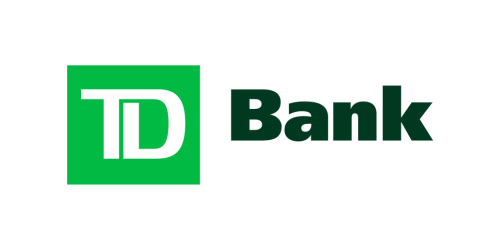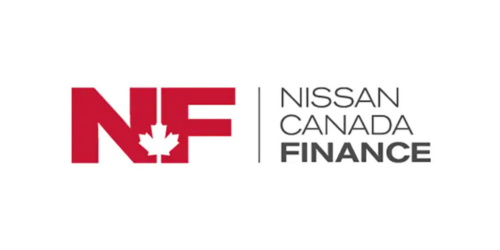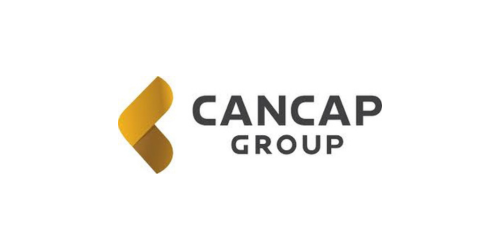Auto Correct: Where should Automotive Lenders be Investing in 2025?
Abstract: The 2024 Canadian Lenders Summit panel, “Auto Correct: Where Should Automotive Lenders Be Investing in 2025?” addresses key challenges and opportunities within the automotive lending industry. Central topics include the rising prevalence of fraud, the need for more effective technology to mitigate fraud risks, and the role of AI and machine learning in enhancing credit decision-making. Lastly, the session examines the structural tensions between auto lenders and dealerships, underscoring the need for collaboration in a rapidly evolving digital finance landscape.
Check out the full VIDEO here 👀
Fraud: An Escalating Concern
What is the one issue that keeps you up at night, and how do you see technology assisting with it, if at all?
Michael: The biggest issue we face is fraud. The numbers are staggering and growing fast. For example, Equifax recently reported a 54% increase in auto fraud and a 40% rise in identity fraud. We’re also seeing a new issue: ‘re-vinning,’ where Vehicle Identification Numbers (VINs) are altered, which has increased by 30% year over year. Technology, especially AI, could help tackle these problems, but it’s also enabling fraud in some ways.
Scott: Our delinquency rates are stable, but fraud-related losses are significant. Full balance charge-offs due to fraud have risen, and every time we close one loophole, fraudsters find another.
Richard: Fraud presents a unique challenge. Credit risk models are already complex, but fraud risk requires an entirely different approach. As car buying digitizes, the fraud potential grows. Without fully understanding the scale of the issue, it’s tough to address it effectively.
AI and Technology: Double-Edged Sword
What role can technology and AI play in approving loans and managing risk? How are you incorporating these tools?
Richard: Across the lending ecosystem, there are many opportunities for AI and machine learning—from application decisions to portfolio management and collections. We’ve used AI in non-prime segments for 18 to 24 months, and results are promising. However, adoption is costly and can impact volume. AI is great at identifying credit profiles that don’t fit our criteria, but we’re also looking for solutions that uncover hidden opportunities.
Scott: Our focus is to make ‘new car day’ seamless for customers. AI can streamline processes, but balancing speed with accuracy is essential. Reducing friction while making sound lending decisions requires careful evaluation of AI’s role in our operations.”
System Integration Challenges
Given that you have systems already in place, what factors do you consider when integrating new technology into your operations?
Richard: When evaluating technology, we assess the vendor’s expertise and track record, as well as the complexity, cost, and implementation time. If the technology aligns with our core needs, we might consider a partnership. However, for niche areas where existing products don’t fit, we could invest in custom solutions.
Scott: For us, technology is mainly in the cars, not our core operations. So, we prefer to buy rather than build and look for strong APIs and seamless integration. Our current system is more of a ‘quilt’ than a tapestry—different solutions that work well together. We’re open to new technology, but it has to integrate smoothly with what we already have.
Michael: For a large bank like TD, legacy systems are a barrier to new technology. Integration requires rigorous scrutiny to avoid disruptions, so we’re selective in our tech investments. We can’t easily build custom solutions, so any new system must fit into our infrastructure without creating issues elsewhere.
Managing Dealer Relationships and Industry Tensions
There’s often tension between lenders, dealerships, and manufacturers. How does this impact your operations, and what strategies do you employ to navigate these relationships?
Scott: Tension in auto finance is common, particularly among dealers, customers, and manufacturers. The car-buying process hasn’t evolved as fast as car technology. Our role is to balance these relationships and ensure a smooth customer experience, despite inherent conflicts of interest.
Michael: We don’t experience OEM-dealer tension, but there’s still friction throughout the process. Many companies are attempting to disrupt auto sales, but dealerships remain essential. This friction slows down the process, and it’s unlikely to disappear anytime soon.
Richard: As a finance provider, our goals sometimes conflict with those of dealerships. Dealers want to maximize sales and profits, while we focus on financing vehicles that align with our risk profile. We have the best partnerships with dealerships that understand both sides’ needs and work toward a balanced approach.
Jonathan: To summarize, industry-wide solutions—especially in fraud prevention—are essential. Fintech advancements will shape the automotive finance landscape and help address today’s challenges. Thank you Richard, Scott, and Michael for sharing your insights and thank you to the Canadian Lenders Association for putting on this panel! Check out the full video here. 👀
Sign up for our 2025 Summit Series






